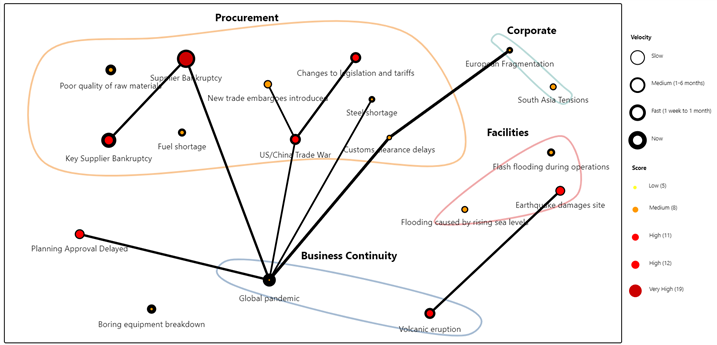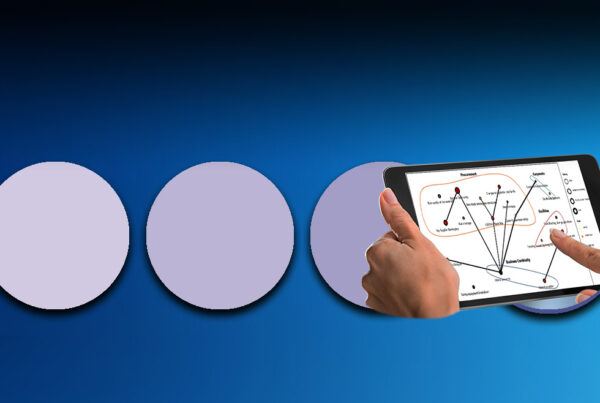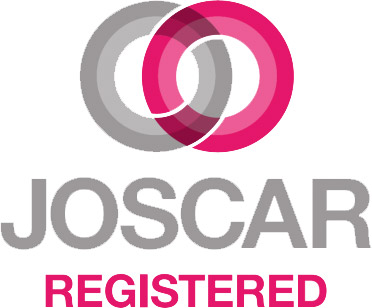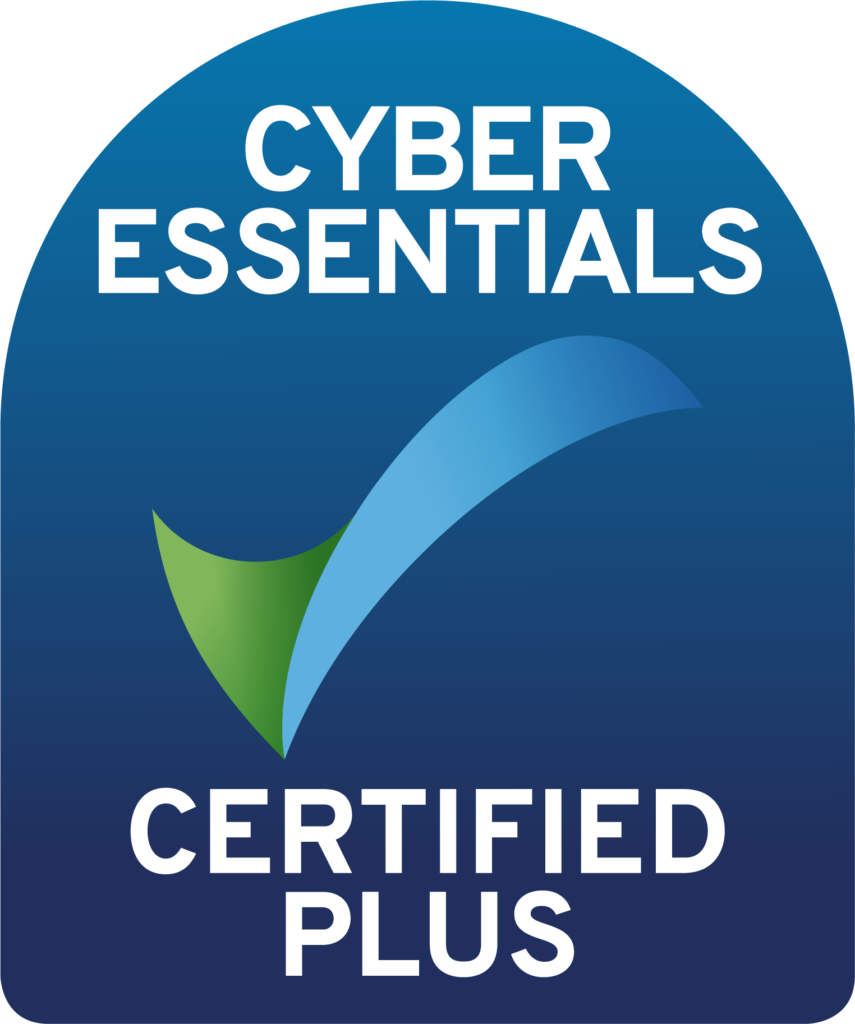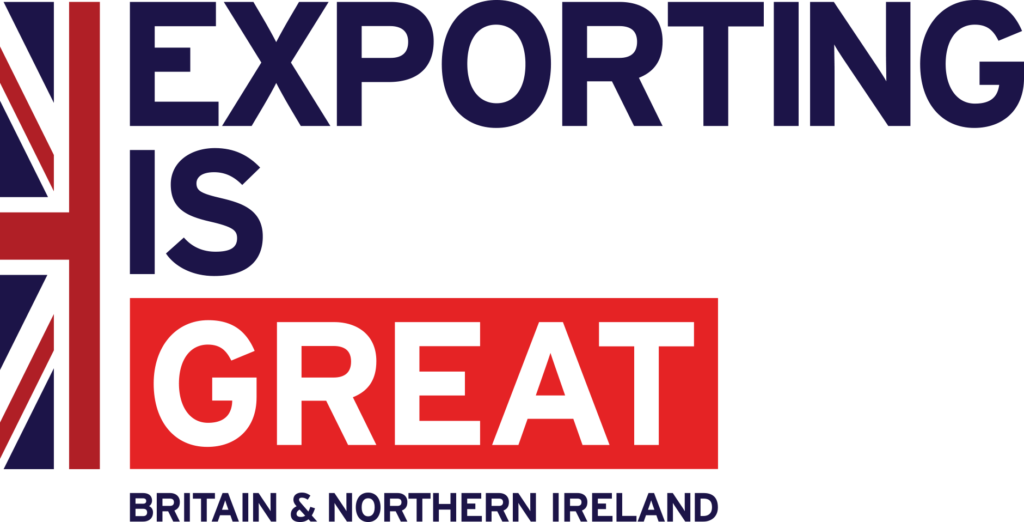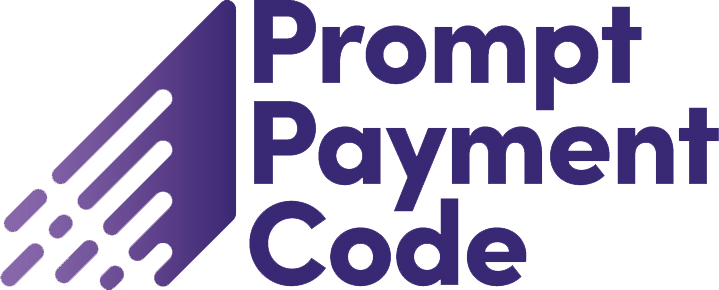When I try to make sense of risk across an enterprise, my mind wanders towards Claude Monet’s impressionist masterpiece “The Garden”.
Though the detailed work is masterful, when focusing only on one section, you can easily forget to step back and embrace the rewards of the bigger picture.
Don’t get me wrong – the careful brushwork that goes into a good risk framework, robust governance, and risk prioritisation and mitigation – it’s invaluable. Day-to-day risk management helps to limit the fire-fighting that prevents us from focussing on achieving our objectives.

However, in a risk leadership role, looking across an enterprise, it can be easy to spend too much time looking inside silos and focussing on the trends inside individual risk registers and the escalation of individual risks. This can mean missed opportunities to improve risk-taking across the entire organisation, and failure to reap benefits on a grander scale.
In this blog post, I’ll look at how Predict! Risk Visualiser can help you to connect the dots between risks, see the bigger picture, and seize opportunities to take the action that will really take your organisation forwards.
Connecting Risk
Successful risk management is a collaborative exercise that involves talent of all hues. Let’s look at how understanding interconnectedness and collaboration across an organisation can yield answers to the big risk questions.
In striving for excellence, we can capitalise on the pockets of great risk practice in an organisation and use cross-functional teamwork to create a thriving risk culture. A culture where stakeholders can understand their relationships with each other and see that action is taken.
This can lead to the feeling that opportunities for the organisation to improve and excel are not being missed.
For instance, harnessing the relationship between the value streams of an organisation, and the supporting functions that sit across those, can provide a powerful basis from which to start to build a picture of risk.
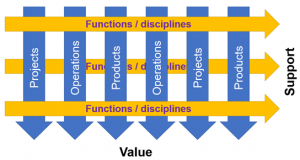
Some of my favourite and most enjoyable work with clients has been when the key stakeholders from the functions and disciplines in an organisation gather around a table to discuss risk with project, operational and senior stakeholders.
I remember one such workshop where it was clear from the outset that, as always, risk had an image issue. People arrived at the workshop with a negative disposition, ready to share the frustration of their problems and their powerlessness to solve them.
After framing the engagement differently, discussing instead what would make their jobs easier and their endeavours more successful, the mood of music gradually started to shift. It wasn’t the question alone that had its effect, but the fact that a broad spectrum of the company was being represented in the room.
Each person had been given a unique opportunity to step away from the day-to-day drudge of putting one foot in front of the other, to look up around them and to talk to each other. Whether they were in projects or operations delivering the organisation’s value chain or providing support to the value chain through a function or discipline, they were reminded of an old truth that they were all connected to each other.
Discussing their daily hopes and fears openly unlocked the ability to see causes and solutions traceable back and forth across the company.
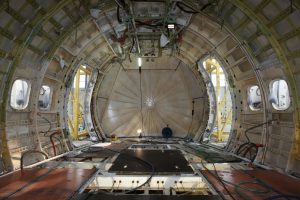 The organisation in question was in the business of manufacturing and assembling large-scale metal structures for use in the aerospace industry.
The organisation in question was in the business of manufacturing and assembling large-scale metal structures for use in the aerospace industry.
The people in the workshop astounded themselves at how much disconnect there had been between each other, and how much commonality there was to the solutions to their problems, sharing a disbelief that they’d neglected to have these conversations before.
As an example, one of the supporting disciplines that dealt with welding materials and welding processes wasn’t aware that assembly lines were building additional time and cost into their manufacturing operations to take account of a particular issue. There was a frequency with which the welding process was expected to fail and require repeating, and this was just being included as an accepted part of any planning.
After some discussion, it became apparent that across the company, this was a frequent enough occurrence to be of notable cost to the business. After the workshop, a relevant expert in the welding compound being used was brought into the debate. After further exploration and understanding, they were able to propose a successful solution that involved an adjustment in the materials and processes being used.
In another example, at a defence equipment contractor I worked with, projects were incorporating lead times into their schedules for the “just-in-time” procurement of a particular component. This component was in common use across multiple projects. Had somebody in the procurement department had visibility of this pattern of behaviour, they would be able to drastically improve the company’s timescale competitiveness by increasing warehoused stock of these well-used components.
Even at Risk Decisions, we’ve benefited from appreciating connected risk, such as how gaining specific security accreditations has an influence on our sales pipeline, winning tenders and the effort required to fulfil compliance requirements.
From workshops like this, the network of interdependencies across an organisation start to become clear. The potential gains to be achieved from a better understanding of these connections becomes a question of how we get to the right information in a timely manner to be smarter about risk.
Visualising Risk
Robust, timely and effective risk-based decisions are not made using static Excel risk registers gathering dust on people’s document management systems. We will look at how we can use a centralised risk management tool like Predict!, to capture and visualise the way to better risk outcomes.
Just imagine if your risk tool allowed your risk stakeholders to quickly identify, assess, tag and connect risks in an effective and meaningful way. Not only that, what if you then had the means to step back and look at the overall picture, ascertaining how to invest your limited resources to get the best return on investment.
This is where Predict! Risk Visualiser comes in.
Below is a simplified example for a fictional Metro Transport Company, looking at risk connections focussing on the company functions involved.
You can quickly see:
- which risks fall into which function – the coloured groups
- the severity of each risk (score based on probability and impact) – the coloured dots
- the velocity at which the risk will impact – the thickness of the circles
- the interconnectedness and the strength of connections between risks – the thickness of the lines
There are never enough resources to mitigate every risk, and the visualisation is a powerful tool to quickly draw attention to the biggest areas that need focus to yield the greatest reward, and to follow up to ensure that something is being done.
It’s immediately apparent that the Global Pandemic risk has a far-reaching chain reaction within the company, with big potential impacts in Procurement and knock-on risks that Supplier Bankruptcy will have a significant impact.
Predict! Risk Visualiser is a dynamic chart where you can move risks and groups of risks around to explore the full picture, and click through to any given risk’s details (such as the Global Pandemic risk below) to check whether sufficient action is being taken.
You can see that the risk capture form as been tailored to make it easy to put in the detailed brushwork that will paint the bigger picture – marked in purple. In this example, it’s also shocking to see that there is no action being taken over the Global Pandemic risk – marked in red.
It’s easy to see how Predict! Risk Visualiser can help you to see the interconnections between risks in your organisation, and to make sound decisions and explore deeper into what action is being taken.
Short Demo
Conclusion
As part of a positive risk vision and strategy, visualising the entire enterprise risk management process is key to shaping the future and transforming an organisation to take advantage of opportunities while taking measured and responsible risks.
Ways to save money or improve performance could range from solving a common supply chain resourcing issue, to introducing an IT change to give people the tools they need to excel at their work, to fixing a process that is holding people back.
Gaining risk intelligence through effective assessment, tagging and linking of risks, opens the door to visualising your enterprise risk landscape and allowing risk intelligent leaders make sound decisions on where to expend effort on cost effective change initiatives to take your organisation forwards.
As part of the careful brushwork that goes into your risk framework, think about how you will help your stakeholders to identify, connect and tag risks. Then you can step back and look at the whole picture, and relish in the rewards – much like fans of Monet!
Author – Susheel Chumber

